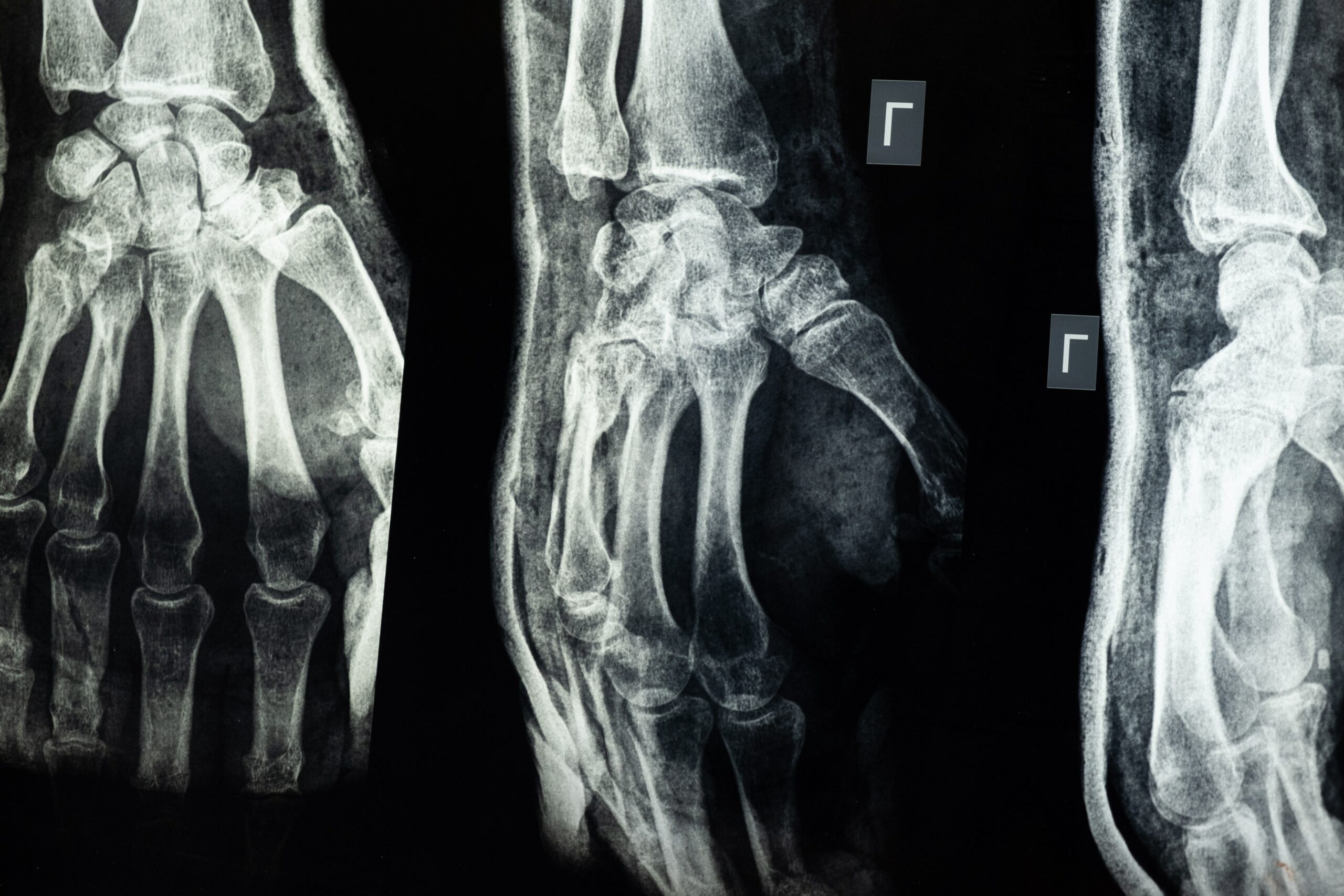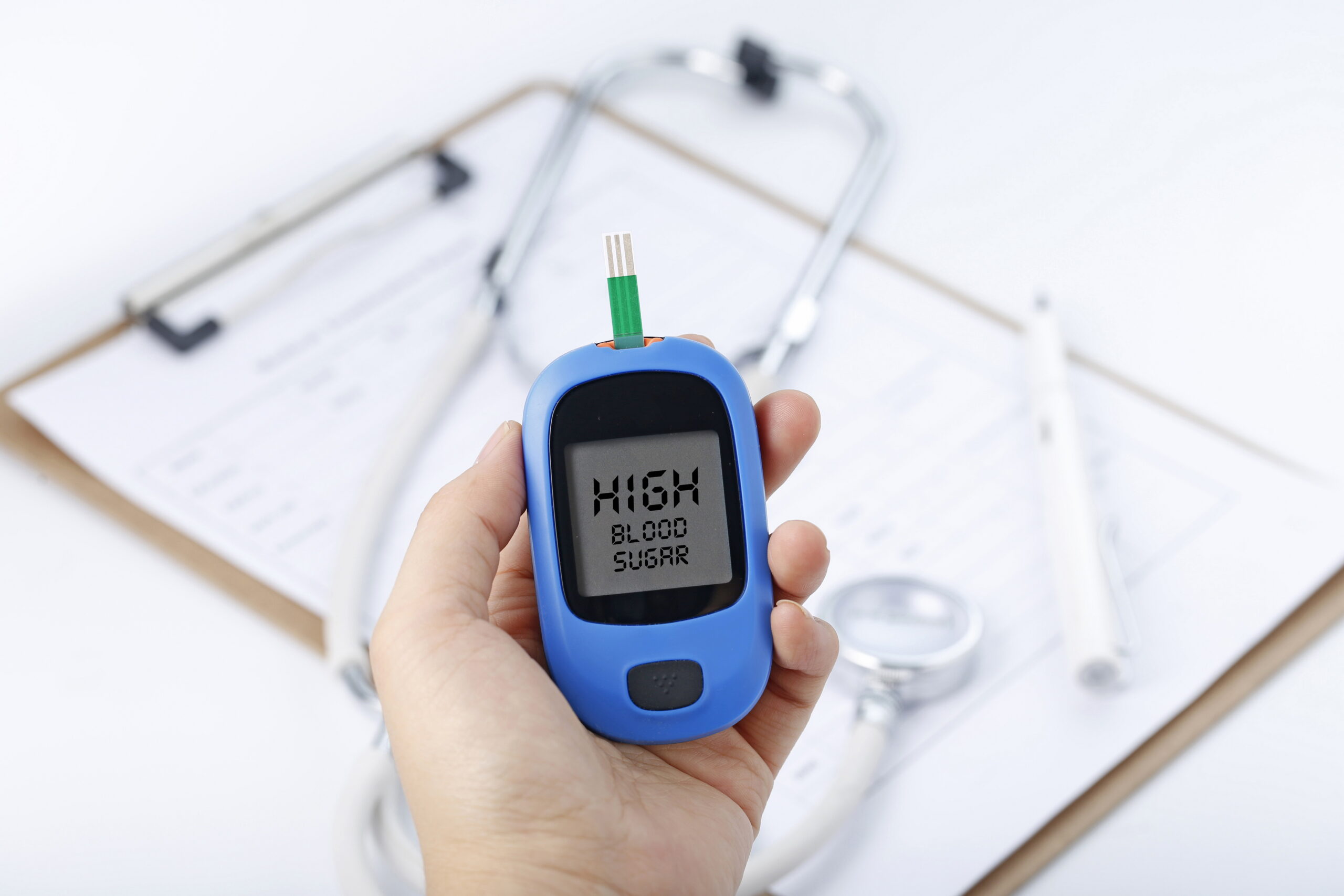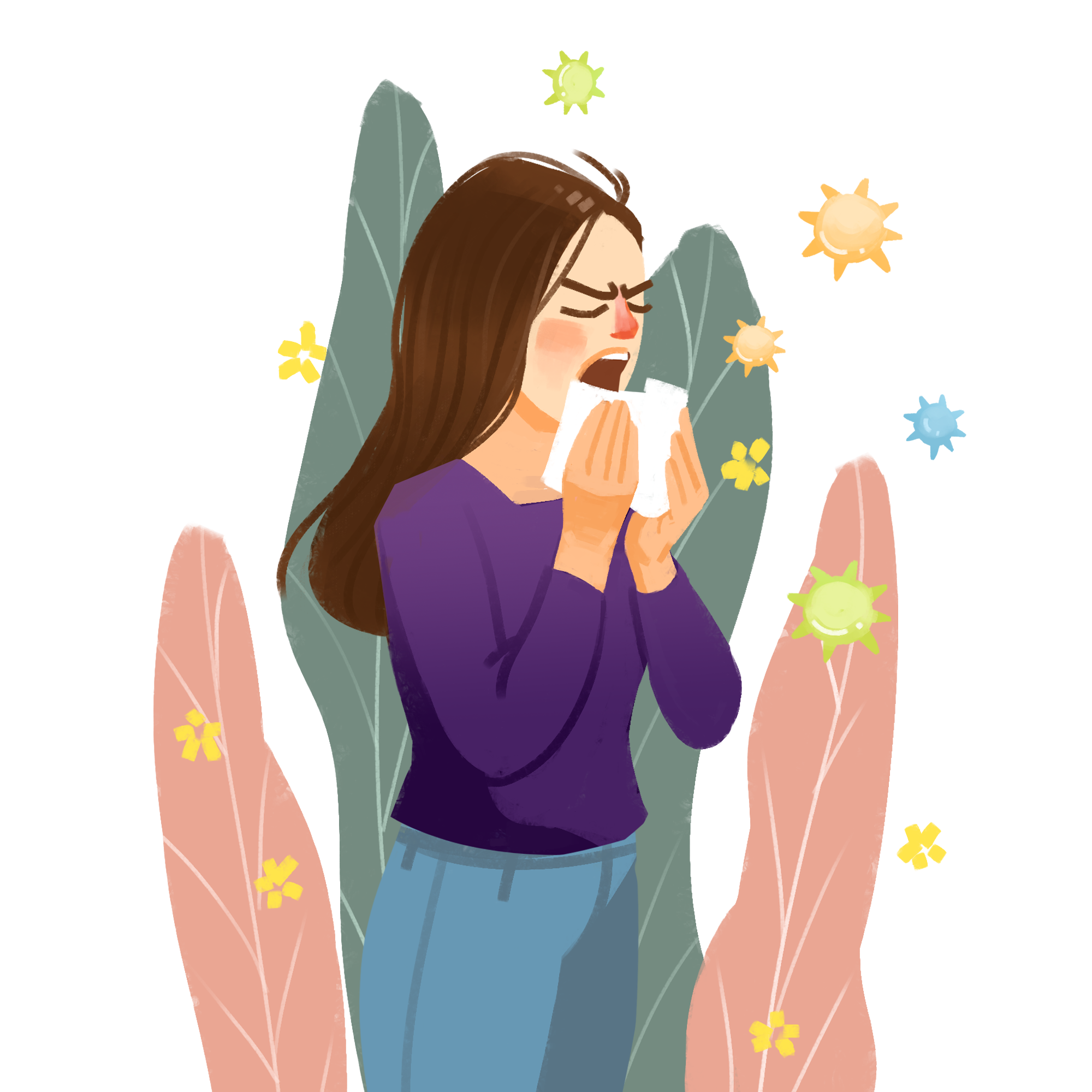Outdoor Safety Tips For Kids: Outdoor physical activities play an important role in a child’s health and well-being. It provides the children with much-needed exercise, exposure to sunlight, and the opportunity to practice motor skills in an outdoor setting.
For the most part, getting into minor trouble is a natural part of childhood. Having such high levels of energy, curiosity, the astounding desire to move and do anything they think of, children are putting themselves at risk of injury. And this risk doubles, even triples, once they begin to explore the outdoors.
Unfortunately for parents and carers, times have changed. Nowadays, there are more things to be worried and outdoor safety have become a concern than ever before.
It is why it’s important to give importance to outdoor safety, especially when spending time outside the home.
Before letting your children go out and enjoy the nice weather, here are a few ways you can do to keep your child safe while being in the outdoors.
Check Hazards
Always look for potential risks and hazards that threatens outdoor safety. It is best to walk through the play area and other nearby locations to look for hazards. Doing so will help you detect early any possible hazards, and you can remove them in advance before your child start heading outdoors.
Check for sharp materials such as glass, sticks, and others that may endanger your little one. Remain vigilant at all times. Accidents and injuries can happen in an outside play area relatively quickly.
Dress For The Weather And Wear Proper Equipment
It is best to check for a local weather report before giving the ‘go’ signal for your child to head outdoors. Check for the possibility of extreme heat, rain, thunderstorms, and other dangers—dress children in clothing that is appropriate and comfortable on a long day of outdoor play—properly fitted, loose-fitting shirts, and weather-appropriate shorts.
Outdoor play often involves sports, bicycles, and other games that may require special safety equipment. Use of helmets, wrist guards, and knee and elbow pads are necessary. Make sure to have the proper equipment on hand and make sure it is in good working condition.
Educate Your Child
Let your kids know about the possible outdoor safety risks they may face when they head outdoors. These may include teaching them the dangers of roadways and safety practices when crossing the road or street. Educating your child on roadway safety can minimise the risk of getting involved in a motor vehicle-pedestrian accident.
We know that it is easier said than done when talking with your child about safety. For the best approach, use simple language when talking to them and not cause fear by scaring them. Give references that they can easily understand, such as seatbelts, understanding signal lights, etc. Make the conversation feel normal, so they feel at ease. Let them ask questions and try to frame your answers in small, digestible pieces.
Establish A First Aid Plan
Have a sit-down talk with your child and explain the steps they should do in case of an emergency. Let them know what to do when they are hurt or someone else does while playing outside. Give them options on where they can go to get help. Establishing the first-aid plan is especially important if your children play somewhere away from your property, with no adult supervision.
When any of these emergencies happen, perform the following first aid steps if you are around the vicinity.
If a child suffers from a head injury:
- Keep the child still. The child should lie down with their head and shoulders slightly elevated. Do not move the person unless they are exposed to an immediate threat. Avoid moving the child’s neck, and if they are wearing any helmet, do not remove it.
- Stop any bleeding. Apply firm pressure to the wound area using sterile gauze or a clean cloth. However, avoid applying direct pressure to the wound if you suspect a fracture to the skull.
- Monitor for changes in the level of breathing and alertness. If the child is not showing any signs of circulation or no signs of breathing, coughing, or movement, begin CPR.
If the child has a sprain:
- Immobilise the injured area as soon as possible. Assist the child in staying as still as possible if you suspect a broken bone in the neck or back. But if the broken bone is in one of the limbs, use a splint or sling to immobilise.
- Apply cold to the injured area. Wrap an ice pack in a piece of cloth and apply it to the injury for at least 10 minutes.
- Treat for shock. Help the child get into a comfortable position and encourage them to rest and stay still. If the child does not appear to be breathing normally or become unconscious, call emergency service for help. Perform CPR if necessary.
How To Perform CPR On A Child?
If a child encounters an accident that causes them to stop breathing, parents and carers need to know the best actions to take. Lack of oxygen to the brain can cause permanent brain damage and eventually cause death.
Rescue breathing (resuscitation) for a child is slightly different from rescue breathing for an adult. In child resuscitation, the child’s head receives only a slight tilt, just enough to allow the air to flow. But if a child does not have a pulse, chest compressions may be needed.
The Bottom Line
Keeping your children active is an important part of their childhood development. However, spending time outdoors can come with some added risks.
Accidents and injuries may happen, but many of them are preventable. The good news is that there are steps you can do to minimise risk while still allowing your children to enjoy the great outdoors. Be prepared to perform first aid procedures if in case an emergency arises.
First Aid and CPR training for parents and carers are recommended for the best possible outcomes.
Visit the First Aid Course Perth for more information






